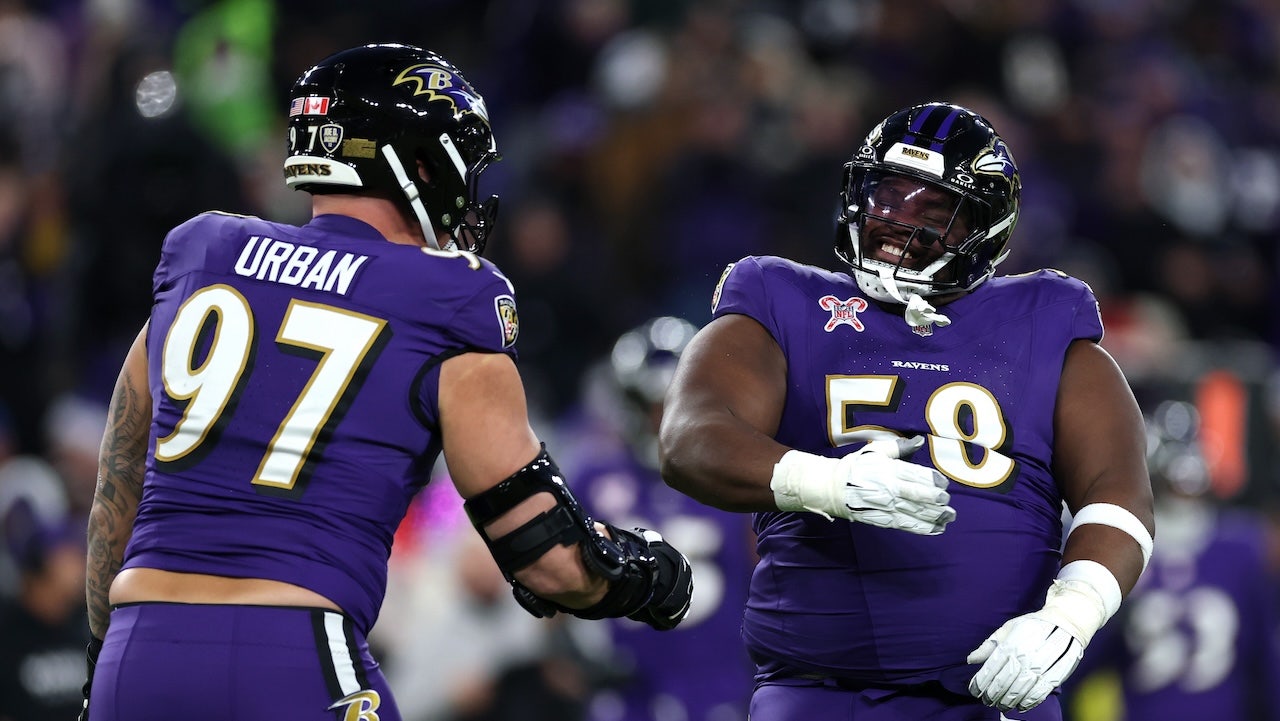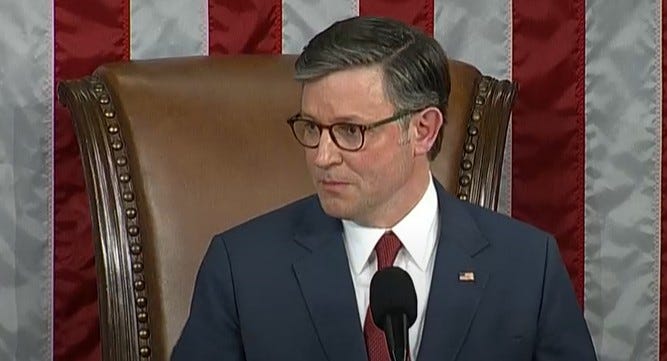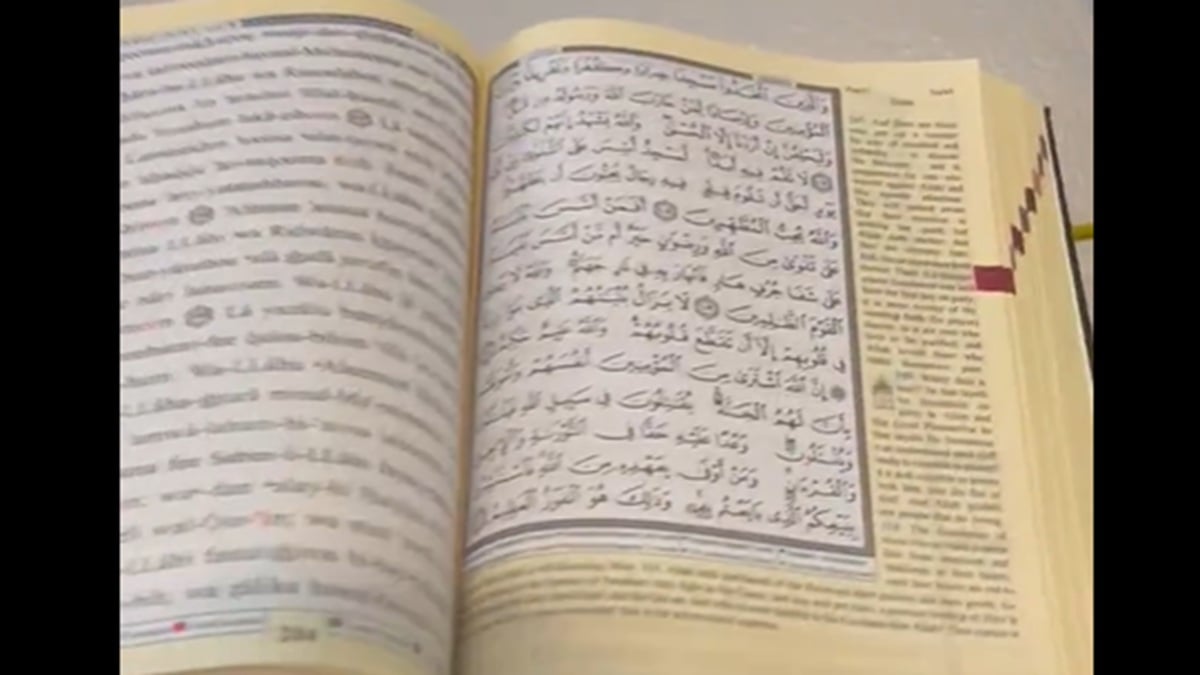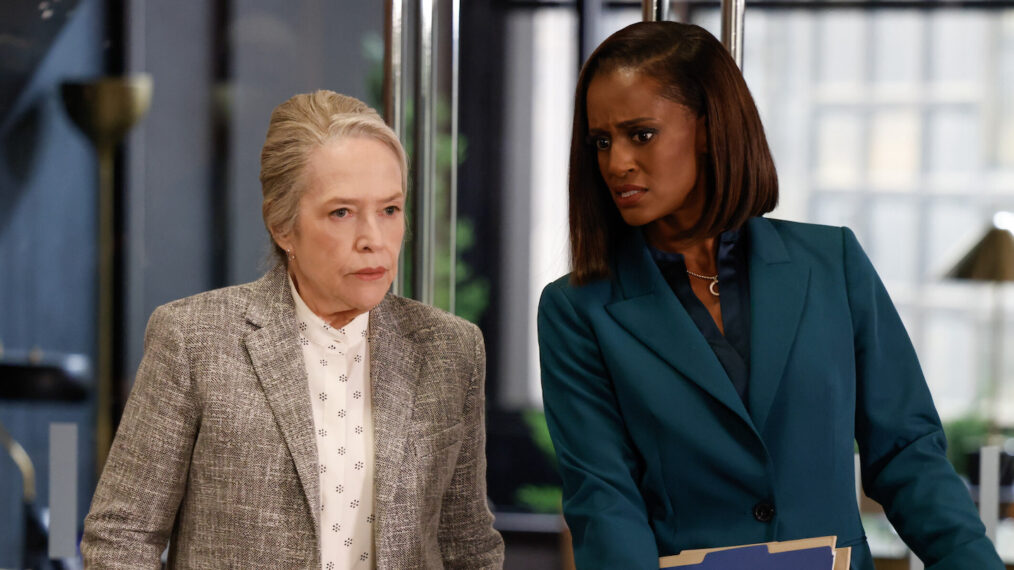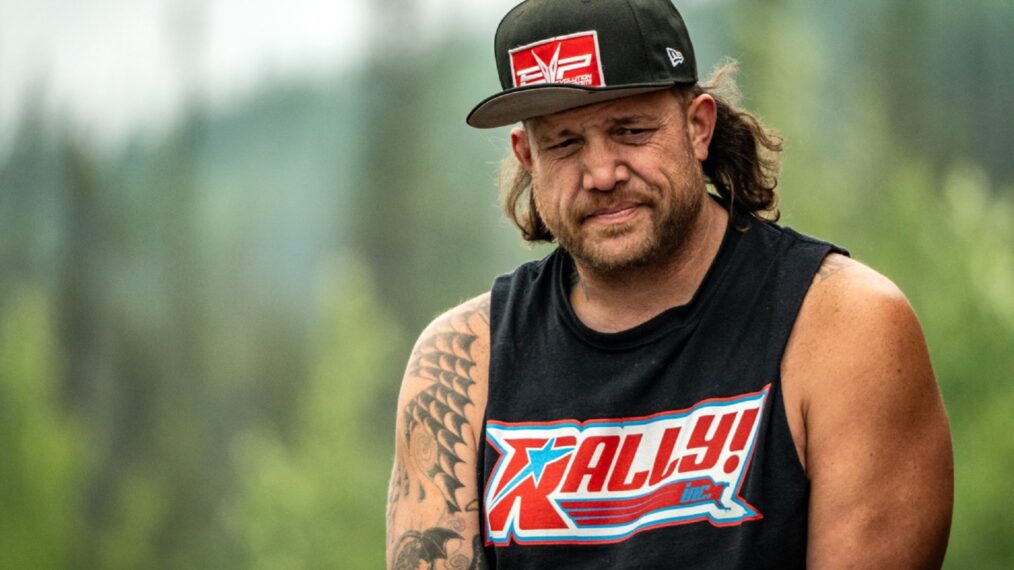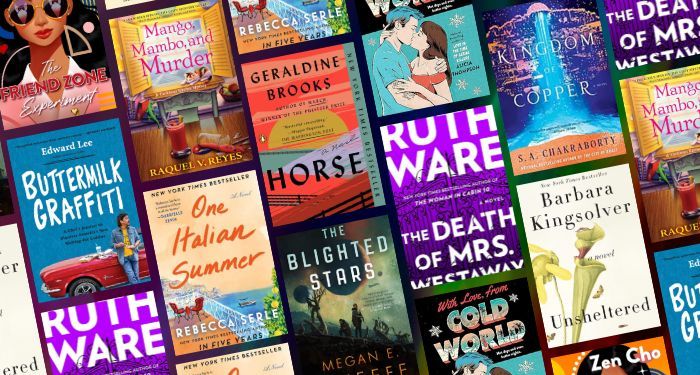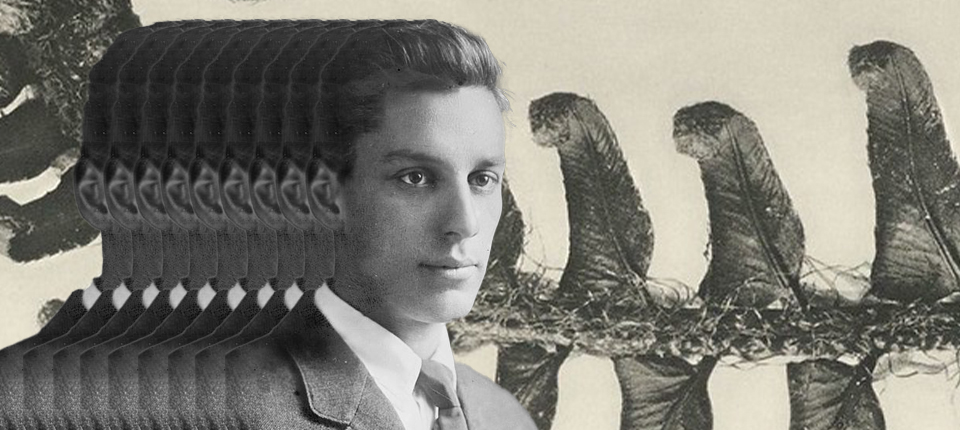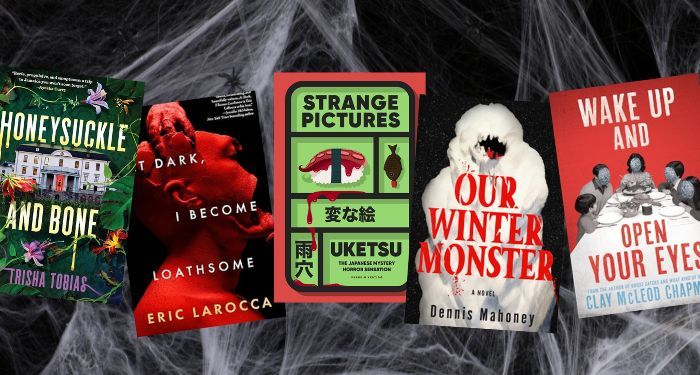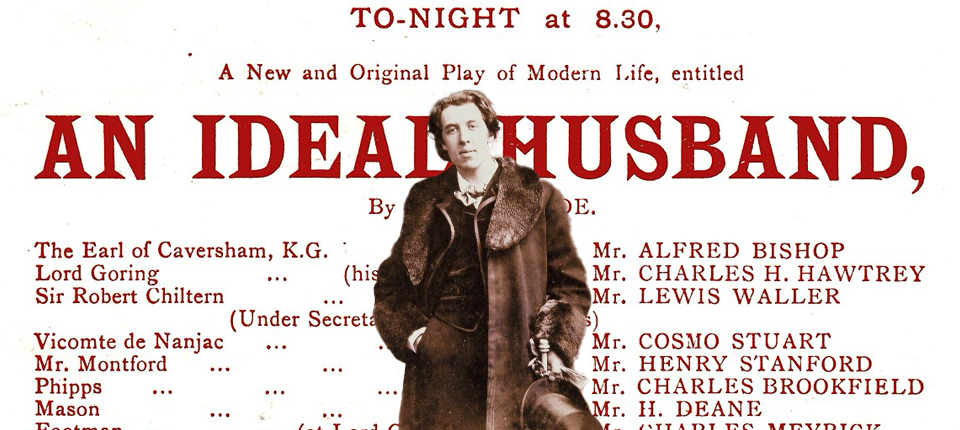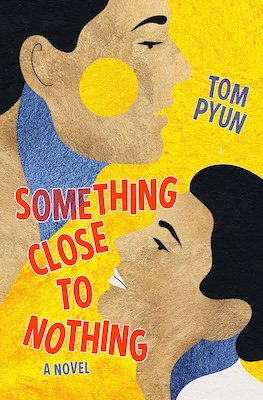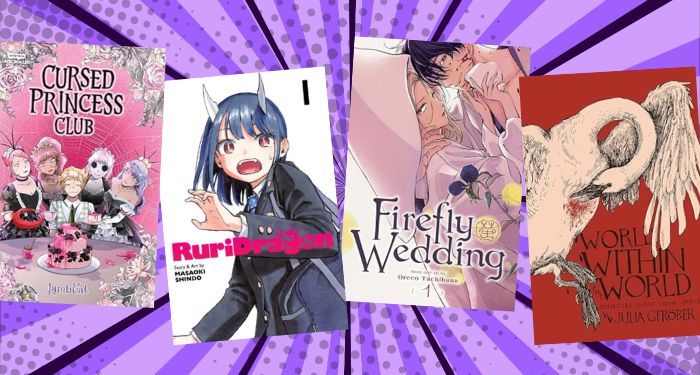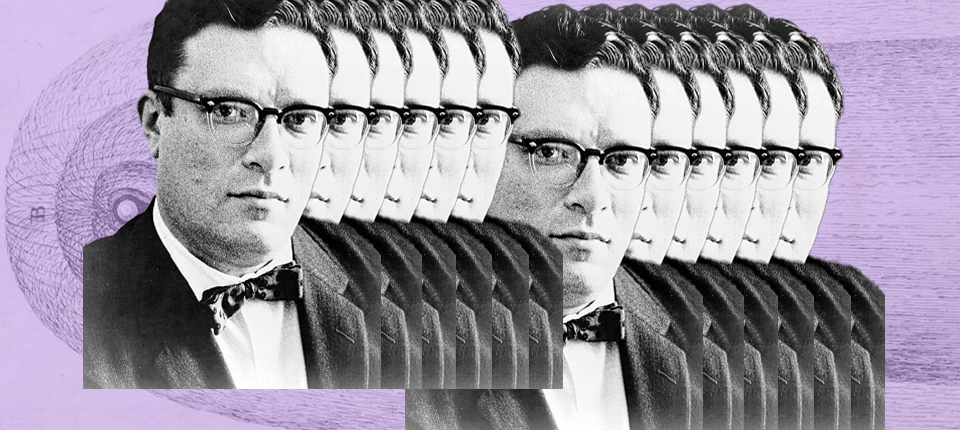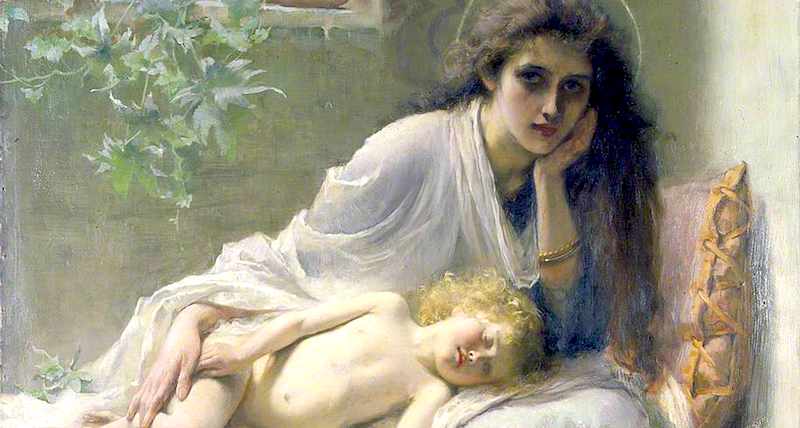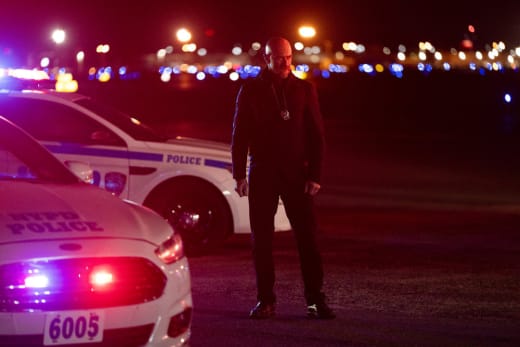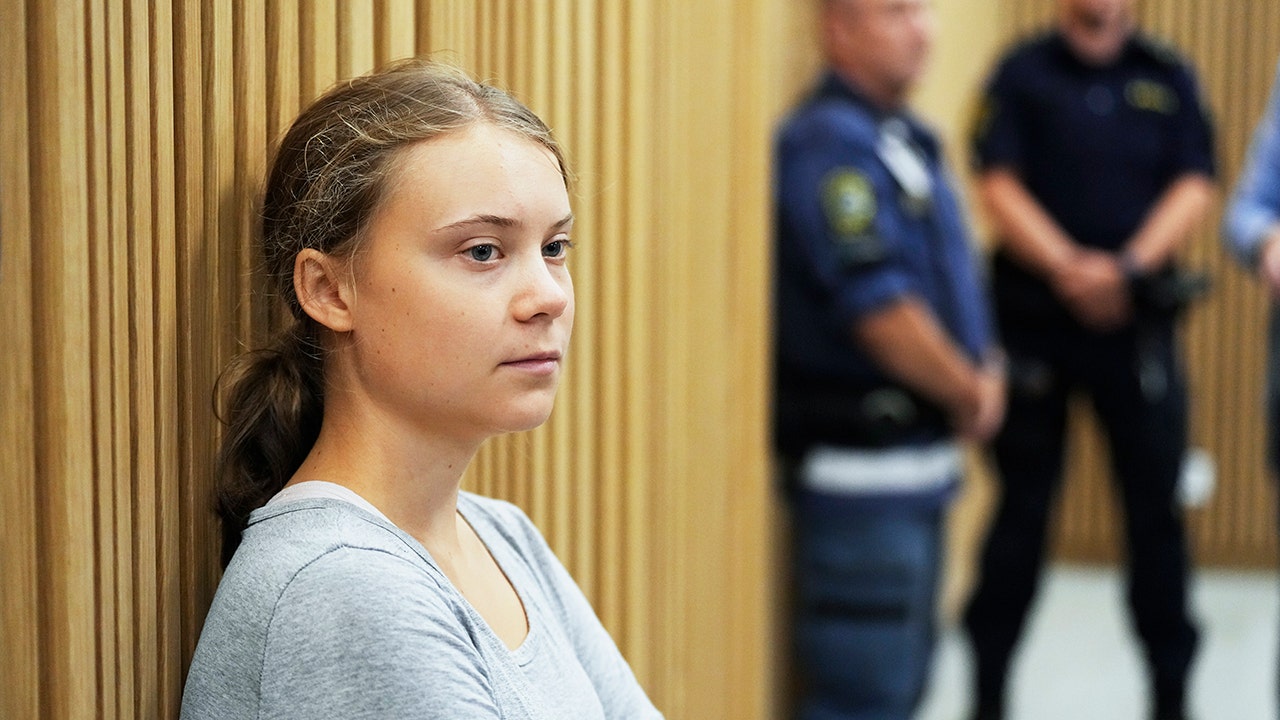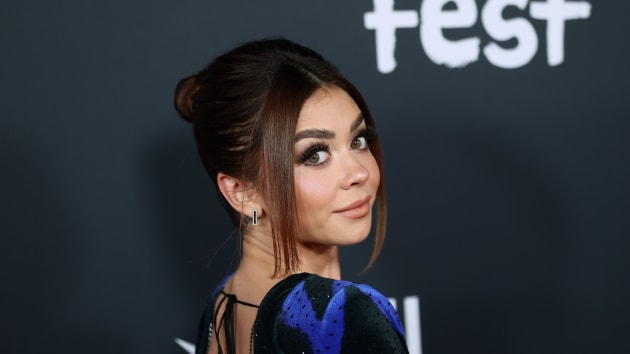Around the time the Instagram pedophile article came out, the writers I followed there seemed agreed upon not sharing or writing about their children any more. Well, that’s it for showing anything but some emojied faces! They said, retreating behind the green Stories circle and slicing their children’s identifying features from their writing, since in the age of the personal brand these areas bled into the other. The point of their work was exploring motherhood anyway, which is about the mother, so why drag children into it?
Article continues below
This was not too long after Merve Emre’s deboning of Minna Dubin’s Mom Rage in The New Yorker (if one must be fileted, at least it was The New Yorker! At least it was Merve!). Emre critiqued the moments in the book where Dubin’s rage toward her son may have crossed into mistreatment, arguing that the normalization of this behavior could crabwalk off the page and enter the culture as condoned abuse. “If we, the readers, could accept the reality of ‘mom rage’ as a phenomenon that originated somewhere outside of, or beyond, the individual’s control, then they, the writers, the mothers who yelled and threatened and handled their children roughly, could be freed from their self-doubt and remorse,” wrote Emre, who compared it unfavorably to Anne Lamott’s original characterization of “mom rage”—one that didn’t advocate for anything other than being read (Emre didn’t mention the moment in Operating Instructions where Lamott’s baby got stuck down between the bed and the wall, but I haven’t forgotten it).
Let’s park the risk. Writing about your kids is naff. It’s not a sophisticated choice, to keep them in the artistic frame. Which presents a problem, because mine are only getting funnier. They’re most of what I do, the glass of water I never put down. My son Japhy likes to hold my face and stare into my eyes from centimeters away. It turns his eyes into one single eyeball staring right at me, blotting out everything beyond.
When their parents die, writers often speak of the freedom that opens up in their work. That’s an openness we are not hoping for as parents ourselves. The problem with writing about motherhood is that, applying that Lauren Groff truism about shaking people by the ankles until all their stories fell out, you NEVER shake a baby… though maybe it’s okay if you might win a Pushcart Prize for it? Get a nice critique in workshop? The rules are hazy.
What’s a writer to do?
“Make things up but pretend they’re real,” advises Husband in Lorrie Moore’s fictionalization of the time her son was diagnosed with a tumor as a baby, “People Like That Are The Only People Here.” So she does, and it’s artful. The story begins with the violent image of a blood clot in the baby’s diaper, “a tiny mouse heart packed in snow.”
In Moore’s 2007 novel Anagrams, the main character, Benna, creates “George,” an imaginary child and a different answer to the problem of turning your children into art. George is written so fleshily and vividly that it creates an existential fingertrap for the reader trying to reconcile competing realities in the book: accommodate to the final Benna and you lose the existence of a made-up child whom you’ve come to love—and you also lose a Benna who has been shaped by motherhood, the Benna you know best of all the Bennas. You can’t so easily separate the mother from the children who make her so.
Moore was P.O.’d about the use of her author headshot as the editorial art for “People Like That Are The Only People Here,” since it put her real-life author self back in the frame. She had conjured the art from the raw ingredients and still wound up compromised. “There are the notes,” the piece ended tersely, “Now, where is the money?
We see our kids in terms of ourselves, since WE made them, and THEY don’t have Substack.
I’ve put my kids out there with less extrusion. They’ve been stamped into essays, trapped in newsletters, reconstituted with minimal invention as fiction. I suppose I could have done the thing where I painted them as ghosts and focused on myself reacting to the clattering sounds, to the cupboard doors opening, my own sense of feeling spooked in my own home, but I left them quite solid. They put their moist hands in my mouth, they reach down my top, they dangle upside-down in my arms, their heads turning red. I quote them verbatim. Cringe?
“Oh, shit, I wrote a domestic novel. I’m a woman. What did I do?” Lynn Steger Strong told Lit Hub in the publicity run for Flight, which wasn’t autobiographical, but was certainly Christmassy and domestic. “Does this book have any chance at all to be taken seriously as a serious book about what it is to be alive? Or did I fuck myself and I’m going to get a bunch of sweet reviews about this sweet lady who wrote this sweet book about mothers?” (Actually no; reviewers took the work seriously.) But Rachel Cusk, Helen Garner, Doris Lessing, they’ve all been criticized for writing about their children (in a twist, Sara Petersen was ragged on for not disclosing more of her family life in a nonfiction book). Garner took issue with it: “The intimate involves other people. But where do I end and other people begin?”
The problem seems more glaring for artists with visual mediums. The photographer Sally Mann used her own children as subjects (famously in the nud’) and asked them to cull any photographs they didn’t want to go to print, but even so faced a stream of letters (addressed simply to “Sally Mann, Georgia”) accusing her of being a “bad mother.” After all, there was no scalpelling of her children’s identities; their faces were in focus. “It’s hard to know just where to draw that stomach-roiling line, especially in cases when the subject is willing to give so much,” wrote Mann in a retrospective for the New York Times. “But how can they be so willing? Is it fearlessness or naïveté?”
We mothers have our own agenda. Not to water down the concept of the subaltern—which argued that colonial subjects suffered a double theft of power since their lack of the colonial language prevented them from being about to “speak” for themselves—but children are at our authorial mercy. To borrow from Gayatri Spivak, “the intellectual is complicit in the persistent constitution of Other as the Self’s shadow.” We see our kids in terms of ourselves, since WE made them, and THEY don’t have Substack.
*
Mann has maintained that her children understood the difference between their evolving selves and the simulacra captured on their mother’s film: “Taking those pictures was an act separate from mothering … The fact is that these are not my children; they are figures on silvery paper slivered out of time.”
Her work coincided with the great mommy blogger boom, which has fed the publishing and media industries over time. Cup of Jo founder and journalist Joanna Goddard typifies this crossover as, arguably, the most powerful media site I know (what novelist wouldn’t kill for a Cup of Jo plug!), while novelist KJ D’Antonio was an ancillary part of that wave, running parenting essays for the New York Times’ Well column at the time, and Catherine Newman started the Ben&Birdy blog in 2005, a hub that brought readers to her work through the 2010s and also clearly informed the fiction she would later publish. We can see the atomic makeup of Ben and Birdy in Sandwich’s Jamie and Willa, the two grown children of the narrator; figures on silvery paper and, in the case of Birdy, an early reader of the manuscript.
“I love the way writing ‘fiction’ puts real life kind of gauzily behind a scrim of deniability. It makes me feel much more able to get exactly at the truth of experience, because I’ve changed this or that detail so I don’t feel like I’m just exposing everyone to death,” Newman told Lit Hub by email. “But honestly? I feel the way I felt even when I used to write endless nonfiction columns about the babies and toddlers: the only person I’m ever revealing anything pathological about is me; the children are always completely beloved and perfect, just living within a completely normal spectrum of human experience.”
Children are the original muses. One of the fantasies in Miranda July’s All Fours is for the child to offer to the time-whipped mother, “Look at my body! Let me actually take off all my clothes and show it to you so you can get a good look before I go off into my life and never show it to you again.” Their lives and bodies are the closest the artist gets to seeing the nuclear core of the universe; the closest they might get to the gleaming heart of all meaning. Love for a child cannot be consummated, July writes, but there is the art we can make for and of them.
The children shredded my perineum, yes, but also flattened the tidy dog run my mind had been in for much of my 30s. Where did they come from, these children, I needed to know, looking in my pockets, down at the place they shot out from, seeing no obvious clues. This quest could keep me busy for the rest of my life. Where is your belly button, Japhy demands to know, and maybe if we found the first belly button we would both understand everything. They crowd around me like funhouse mirrors. “I love in summer when you hear crickets and frogs at night,” I said in the car the other day, small talk. “Me too!” said Scout. “Oh, that is my TOTAL FAVORITE,” said Japhy, who was 7 years old at that moment but at different times can seem 4 or 19, glitching in his five-point harness as he tries out personas.
“Part of the care ‘the mother’ offers is holding the past and future in the present for another being who doesn’t have access to those temporalities,” the poet Rachel Zucker (MOTHERs, The Poetics of Wrongness) told BOMB. “You could also call that person a writer.”
“Why am I writing all this down and sharing it?” The novelist Edan Lepucki (Time’s Mouth, California) asked in a paywalled newsletter about her family life recently. The money, perhaps, or the voyeurism. “Or it’s because I want to have a record of my time as a mother of three. The time of my life, honestly.”
That’s the hook in Time’s Mouth, which gives the matriarch, Ursa, the power to “transport” back in time to relive moments of her life; when her son runs away she scours his early weeks and years, so deep in her transporting that she sends the other time travelers ill. But it’s rich material and enormously tempting. What if she can take others with her, show them things they don’t even remember?
*
The final question is whether the writing justifies itself. And there has been plenty of bad writing that exposes parts of a child’s life without properly putting it through the extruder. In my own time at the coal seam of motherhood, I looked over the offerings in my inbox: some people willing to hand over their children’s green bones for a byline and relatively low pay, but also expansive writing I wanted more than the motherhood audience to read.
I used to think there was a line between the blogger and the novelist, but now I don’t. I think we imagined it. I do believe that the economics of the publishing industry have determined the work an artist might make. Dubin’s book perhaps wanted to be an essay or a stream-of-consciousness, but was stacked with some reporting on other parents into the overcoat of pop sociology. She was a performer first; what else might she have written?
For me, it just so happened that a job at a parenting site let me keep writing when my career seemed generally fucked, because of and in spite of becoming a mother. Might as well take the dive, right?
Here is where I land: Scout and Japhy are my best characters yet. They hand me plump mouse hearts on the daily. Some I photograph and then throw in the bin, some I lose, others I frame. One day, maybe it’s a proper novel.

